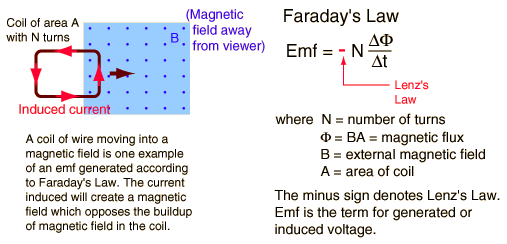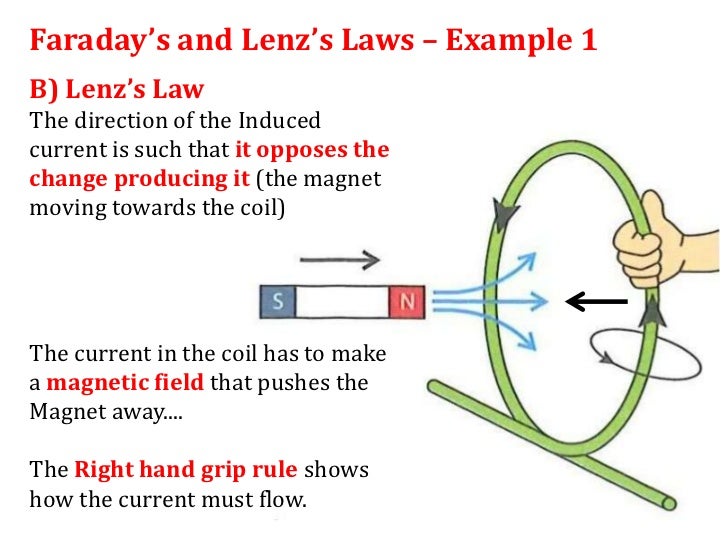How does it float?

The levitation is based on two fundamental laws of physics which are:
1) Faraday's law
2) Lenz's law
What is Faraday's Law?
Michael Faraday discovered that "there is a current in a coil of wire if and only if the magnetic field passing through the coil is changing. This current due to changing magnetic field is called an induced current. This means that a magnetic field can create an electric field due to an induced current.

In Maglev trains the repulsive force that levitates the train is produced from the changing electric fields. This creates an extremely stable sitting place for the train because a small displacement from its original position is met with a strong magnetic force to return it to equilibrium.
What Is Lenz's Law?
Heinrich Lenz began studying electromagnetic induction after hearing about Faraday's breakthrough. He shortly found out a method for determining the direction of an induced current which is now called Lenz's law.

So now we know the fundamental rules behind it, how does it work?
There are two systems in play right now which are ElectroDynamic Suspension and Electromagnetic Suspension (For in depth see Types of Systems). They employ different ways of levitating so we'll discuss both.
Electromagnetic-
For this we have a like pole to like pole which creates a lifting repulsive force and then a current is run through a coil which induces the magnetic field. This system requires a constant stream of energy and currently does not employ superconductor magnets in their system. If a constant stream of energy is not provided the train will not float.

ElectroDynamic-
This system perpetually floats (After a certain velocity) but does not have an inherent mode for locomotion. Systems like these are first placed on rubber tires which get them up to speed (changing the flux) at which point the velocity begins to induce a field large enough to levitate the train off the tires.
